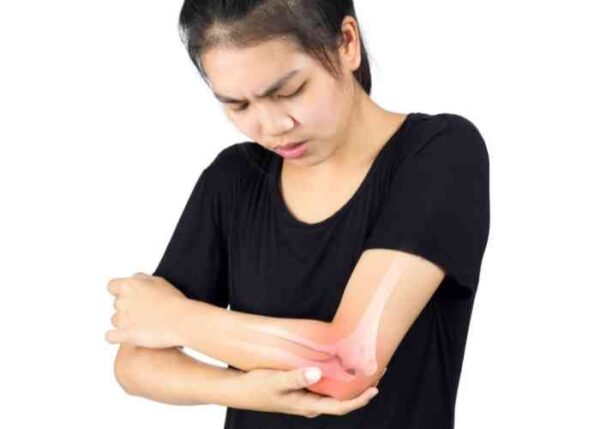Elbow Reconstruction Doctor

Have you fallen on an outstretched hand, or had a traumatic injury to the elbow that involved an elbow dislocation? Does your elbow feel unstable, like it might come out of joint, or has lost strength? If so, you may need an LCL reconstruction. Lateral collateral ligament reconstruction restores the stability of the elbow. LCL surgeon Doctor Riley J. Williams provides diagnosis as well as surgical and nonsurgical treatment options for patients in Manhattan, Brooklyn, New York City and surrounding areas who have injured their elbow or are experiencing elbow instability. Contact Dr. Williams’ team today!
What is lateral collateral ligament reconstruction of the elbow?
Lateral collateral ligament (LCL) reconstruction of the elbow involves repairing one or more of the four components of the LCL complex within the elbow. These consist of:
- The accessory lateral collateral ligament
- The annular ligament
- The lateral radial collateral ligament (LCL)
- The lateral ulnar collateral ligament (LUCL).
The LCL complex is essential for proper elbow functionality. The procedure is performed using the method known as the docking technique; a tendon graft from the individual’s own body or a donor is used to reconstruct the torn or ruptured ligament. The procedure is done using regional anesthesia as an outpatient procedure. Dr. Riley J. Williams, orthopedic elbow surgeon, serving Manhattan, Brooklyn, New York City, NY and surrounding areas, has extensive experience in LCL reconstruction of the elbow.

Why is LCL reconstruction performed?
Lateral collateral ligament reconstruction of the elbow is performed to restore stability to the elbow after a ligament has torn. Such ligament tears can occur in athletic populations in cases where an individual lands on an outstretched hand to brace a hard fall. It is also possible for tears to occur if there is a traumatic elbow dislocation (i.e., motor vehicle accident). The ligaments in the elbow are crucial to mobility, stability, and function of the elbow. Damage to one or several elbow ligaments leads to a loose joint that is unstable; individuals who suffer elbow instability are unable to maintain normal strength and mobility of the joint.
How is LCL reconstruction performed?
The surgery is typically done under regional anesthesia as an open surgery; the incision is slightly larger than those used with arthroscopic surgeries. Open surgery allows Dr. Williams to better visualize and reconstruct the LCL and the surrounding structures of the elbow if need be. During this specialized surgery, the patient lies face up (supine) on the operating table with the injured elbow resting on an arm support. Dr. Williams will repair the damaged ligament by passing the newly grafted ligament through small drill holes made into the humerus and ulna bones. The graft mimics the natural location of the native LCL. Fixation of the newly placed graft is accomplished using sutures.
What are the risks of LCL reconstruction?
Lateral collateral ligament reconstruction is safe and effective. There are a few rare risks noted with this surgery:
- Infection
- Damage to blood vessels
- Nerve damage
- Loss of elbow strength or flexibility
- Elbow instability
How long does it take to recover from LCL reconstruction?
Most patients are usually able to go home within an hour or two after the surgery is completed. The affected elbow is placed at a flexed angle and splinted for approximately a week. The splint is removed and replaced with a hinged elbow brace the patient can begin mobility exercises; The brace is worn for a total of 4-5 weeks. Physical therapy starts the week following surgery. Care should be taken with the elbow for the first three months after surgery. After 3-4 months, individuals can resume regular activities without restrictions.
For additional resources on lateral collateral ligament (LCL) reconstruction or to have your elbow pain evaluated, please contact the office of Dr. Riley J. Williams, MD, orthopedic elbow surgeon serving Manhattan, Brooklyn, New York City, NY and surrounding areas.
